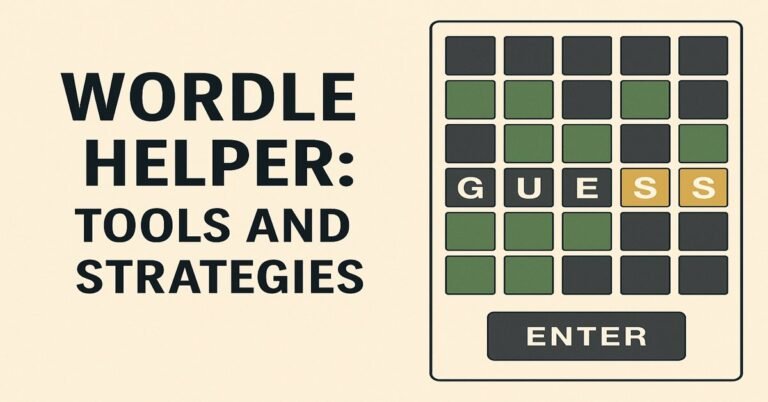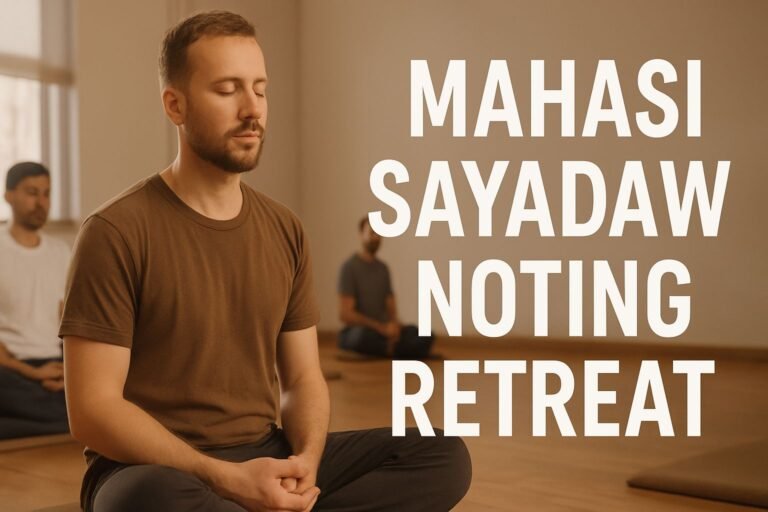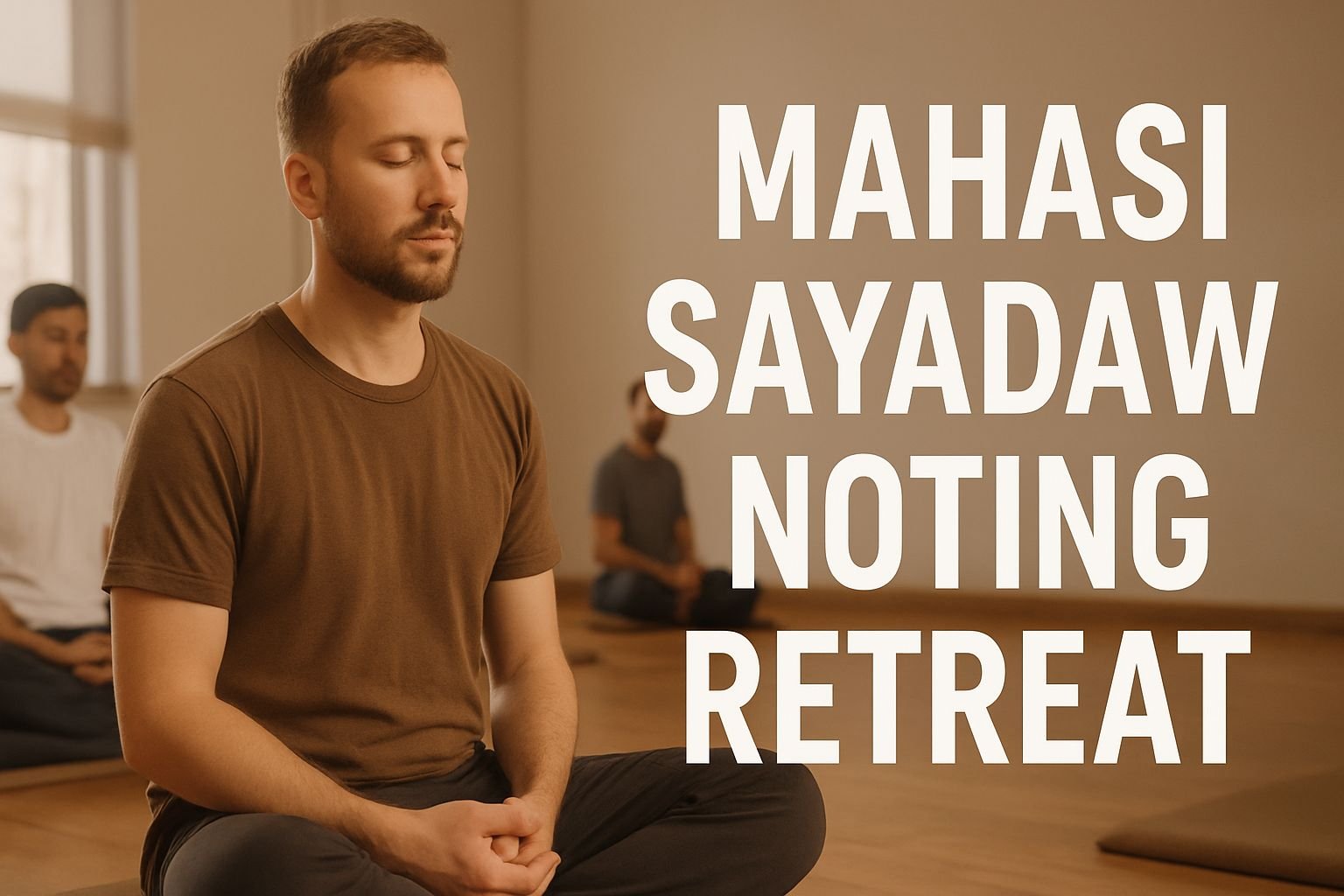
Participants practicing mindfulness meditation at a Mahasi Sayadaw noting retreat.
Introduction: Why a Mahasi Sayadaw Noting Retreat?
A Mahasi Sayadaw noting retreat is a special kind of meditation retreat that focuses on developing deep awareness of the present moment. This retreat is meant to be a real practice of mindfulness as opposed to more casual meditation exercises that people could attempt in their homes with the purpose of relaxing. It is a quiet, relaxing environment with distractions having been eliminated in it and the practitioners being able to give their full attention to thoughts, feelings and body sensations.
The style of retreat is particularly beneficial to individuals whereby they wish to get beyond the stage of alleviating stress and delve into the practice of meditation as a journey towards understanding and wisdom. It is available to both beginners who are prepared to make the commitment and experienced meditators who want to improve their abilities.
The promise of the retreat is powerful: allowing yourself to be keenly aware of each moment that comes along, you start seeing the natural process of life in a different light. Thoughts, feelings and sensations reveal to you the reality of change which assists in cultivating the more pleasant and harmonious mind.
Who Was Mahasi Sayadaw?
Mahasi Sayadaw (1904–1982) was a highly respected Buddhist monk and meditation teacher from Myanmar (Burma). He wanted to devote his life to the teaching of vipassanā, or insight meditation, and is now one of the most significant influences in the contemporary meditation movement.
The noting technique, a straightforward yet effective method of examining the body and mind, was created and made popular by Mahasi Sayadaw. By using this technique, he opened up meditation to laypeople in Asia and other parts of the world in addition to monks. Many people were able to efficiently and profoundly practice mindfulness because to his methodical approach and clear instructions.
His teachings are being perpetuated in monasteries, retreat centers and houses of meditation all over the world. The methods of Mahasi Sayadaw influenced many established Western teachers–including Joseph Goldstein and Jack Kornfield. Because of him, millions of people outside Myanmar have been able to experience vipassanā practice. A Mahasi Sayadaw noting retreat is thus an element of a living tradition that is still transforming lives.
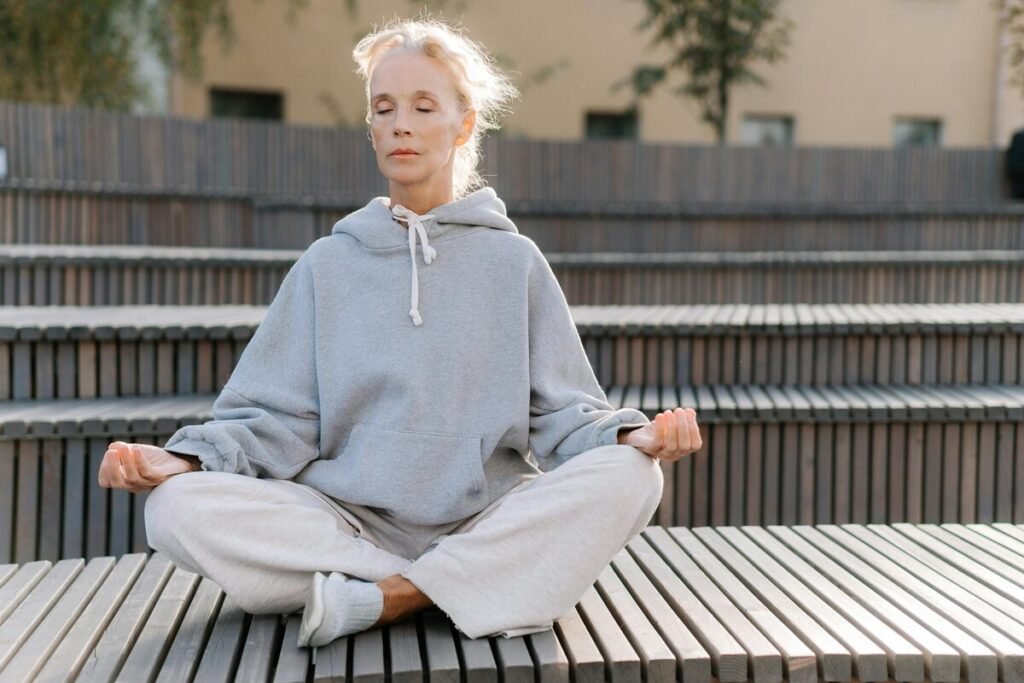
Origins of the Noting Method
The noting method taught by Mahasi Sayadaw is derived out of an ancient Buddhist text also known as the Satipaṭṭhāna Sutta, or the “Discourse on the Foundations of Mindfulness.” This sutta describes representation of mindfulness of the body, the feelings, the mind and the mental objects.
In traditional Burmese Theravāda Buddhism, meditation masters employed this rule to build pragmatic frameworks for growing awareness. Mahasi Sayadaw simplified these techniques into a more systematic method of practice that anyone could practice. By concentrating on breathing, body movement, and everyday activities, practitioners learn to stay present from moment to moment.
The systems stand apart, in that it does not prompt you to blockoff thoughts or build a blank mind. It advises one to observe what is naturally going on and then short mental note it is rising, falling, thinking or hearing. In this manner the noting approach links ancient insight with a contemporary practical approach.
Core Principles of the Mahasi Approach
The Mahasi method rests on three key principles:
- Moment-to-Moment Mindfulness
The objective of practitioners is to see what is going on. Whether it is the rising of the chest, a memory of the past or a sound outside, every moment becomes an object of mindfulness.
- Precision
The practice makes you precise and exact. Instead of vaguely “watching the breath,” you carefully observe and label each stage: rising, falling, touching, thinking, feeling. This sharpens awareness.
- Continuity of Awareness
Being mindful is more than just sitting in meditation. Among these are eating, walking, and even hand washing. The goal is to establish a continuous flow of awareness throughout the day long.
Through these principles, meditators can start noticing trends of the mind and body. They understand how experiences arise and pass away. This promotes inner freedom while weakening attaching and reactive behaviors. These values are intended to be upheld by a Mahasi Sayadaw noting retreat by guidance, structure, and silent.
How to Practice: The Noting Technique
1. Sitting Meditation: “Rising, Falling”
In the Mahasi tradition the sitting meditation is initiated by giving special attention to the natural movement of the abdomen. As you breathe in, the belly expands—this is noted as “rising.” As you breathe out, the belly contracts, this is noted as “falling.”
The key is not to control the breath but to observe it as it is. Every cycle of rising and falling is an anchor of awareness, in this case gentle. When thoughts, sounds or feelings come, and they always do, you do not push them away. Instead, you make a simple note, such as “thinking,” “hearing,” or “pain,” before returning to “rising, falling.”
At first, the mind may wander often, and noting can feel awkward. However, at the same time with some patience, the sense of the beat of the breath and the unambiguous signs provides stability. In due time, you will observe smaller details, e.g. the beginning, middle, and end of every breath. This close observation deepens concentration and insight.
2. Walking Meditation: “Lifting, Moving, Placing”
Walking meditation is an important part of a Mahasi Sayadaw noting retreat. It has an equal playing field between sitting practice and making mindfulness move. The method separates the process of walking into distinct stages.
When you lift the foot, silently note “lifting.” As you move the foot forward, it is moving. When the foot touches the ground, note “placing.” This careful, slow paced walking assists you in viewing the body as a process, rather than a fixed “self.”
When the retreat is lengthier, further specific stages can be added, e.g., teachers can have such additional stages such as “intending, lifting, moving, lowering, touching, and pressing.” But for beginners, the three steps—lifting, moving, placing—are enough.
At first, walking meditation may seem strange particularly when done very slowly. And what seems unnatural becomes natural in a short time. Most meditators think that it is harder to be mindful in a sitting position than when walking because the body is moving, providing distinct sensations. In combination, sitting and walking add impetus and stamina in practice.
3. Mindfulness in Daily Activities
One of the unique strengths of the Mahasi method is its focus on daily activities. But it is recommended that retreatants should be mindful not only when they sit down or walking, but also when one is eating, brushing his teeth or showering.
An example would be that during meals you may observe that there is “lifting, opening, chewing, tasting, and swallowing.” While washing hands, you could note “touching, rubbing, rinsing.” This is a type of meditation in everyday activities and they help to prepare the mind to remain conscious all through.
Deep mindfulness frequently emerges through everyday activities because they fill the gap between formal practice and normal life. The distinction between “meditation” and “living” can be simplified by taking notes while performing simple tasks.
4. Noting Thoughts and Emotions without Judgment
Some of the most profound aspects of the practice is to note down mental states. You do not get trapped in thoughts or emotions instead you merely notice it. For example:
- A memory appears → note “remembering.”
- Worry about the future arises → note “worrying.”
- Anger surfaces → note “anger.”
- Happiness comes → note “happy.”
The goal is not to suppress emotions or replace them with positivity. It is to regard them as transient, as flowing clouds going across the sky. Through practice, you realize that thoughts and feelings cannot be permanent and they do not have to identify you. This realization makes one freer and with more peace of mind.
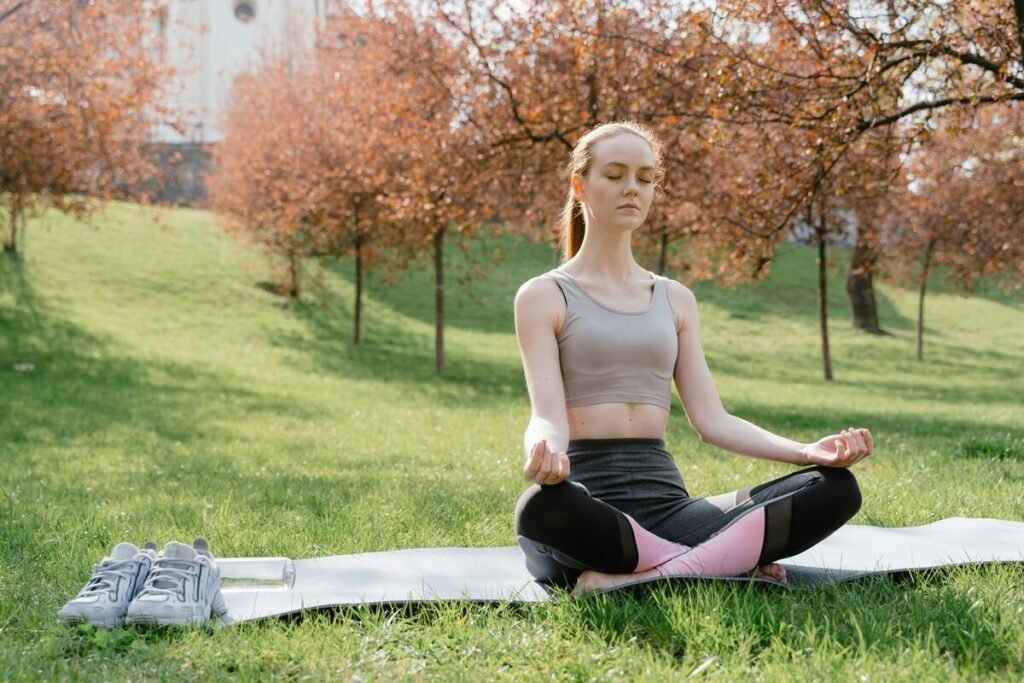
Inside a Mahasi Noting Retreat: Structure & Rhythm
A Sample Daily Schedule
A Mahasi Sayadaw noting retreat follows a clear and structured daily routine. This structure assists mediators to gain progressive momentum and remain conscious the whole day. A typical schedule begins before sunrise and continues until late evening.
For example, the day may start with a wake-up bell at 4:30 a.m. The morning session consists of intervals where one sits and meditates and others where one walks and meditates and these take approximately 45 minutes each. There is a mindful eating process during breakfast time, which is usually done in silence, followed by more practice periods.
The second part of the day (afternoon) has the same pattern rhythm, such as walking, sitting, and conscious everyday actions. The last major meal that you should get is lunch and is generally served around midday. There can be no dinner at traditional centers, only tea or light snacks.
More meditation sessions are held in the evening until 9:00 p.m. or later as part of the practice. Although there are brief rest periods, the emphasis is still on sustaining constant concentration from dawn till dusk. At first this routine could feel demanding, but with time, it builds a strong environment for in-depth practice.
Preparing for Your Retreat
Physical Readiness (posture, cushions, gentle stretching)
It’s critical to prepare the body before going on a retreat. It might be difficult to sit for extended periods of time if your body is stiff or unused to being still. Practice sitting for shorter lengths of time at home to assist the body become familiar with it.
The appropriate cushion or bench might also transform a lot of things. Some people prefer a meditation cushion on the floor, while others sit on a chair. Yoga and gentle stretching exercise before and after meditation make the body relaxed and alleviates pain.
You don’t need to be perfectly comfortable—discomfort is part of the practice -but being fit enhances your capability to feel centered in mindfulness, instead of being distracted by pain.
Mental Readiness (expectations, attitude, steadiness)
It is also of great significance to ready the mind. Small groups of new retreatants will generally have great expectations of sitting down to tea and calm or having an epiphany. But meditation is not about chasing results. It is about steady observation and patience.
It is always good to approach it with a sense of balance: centeredness, but relaxed. You are likely to experience an aversion to restlessness, sleepiness, or doubt along the way. The realization that difficulties are a part of the process will facilitate making continuous progress.
It would be rather a good mindset to think that the retreat is an experiment. Rather than evaluating whether or not you are doing well, just observe what occurs. This is openness that permits insights to be generated.
Logistics & Packing: What to Bring, What to Leave
Most of the centers offer basic accommodation which however might require you to bring along personal items. Wear comfortable clothes that will keep you comfortable in a sitting and walking position. Loose, modest clothes are best for ease and respect.
Bring a water bottle, toiletries, sandals or slip-on shoes, and any needed medications. It may be good to have a small towel or shawl in the meditation halls.
Remove things that cause distractions: books, laptops, and phones. These are normally gathered at the beginning of the retreat. Bringing less will make life easier and will train you into the practice.
Pack light and remember that the experience in retreats is more about self-exploration than comfort and luxury.
Intentions & Commitments: How to Frame Your Effort
Finally, set a clear intention before arriving. Ask yourself why you are attending: Is it for peace of mind, spiritual growth, or learning mindfulness more deeply? Having this purpose helps anchor your effort.
Meanwhile, make the intention mild. Never put pressure on yourself to get certain outcome. Instead of showing up, moment by moment, with awareness, mindfulness is the state of committing.
A retreat will not be about success or failure- it is about presence Understanding, even problems are worth learning. It is this way of going in with clarity and openness that prepares you to receive the depth that a Mahasi Sayadaw noting retreat can offer.
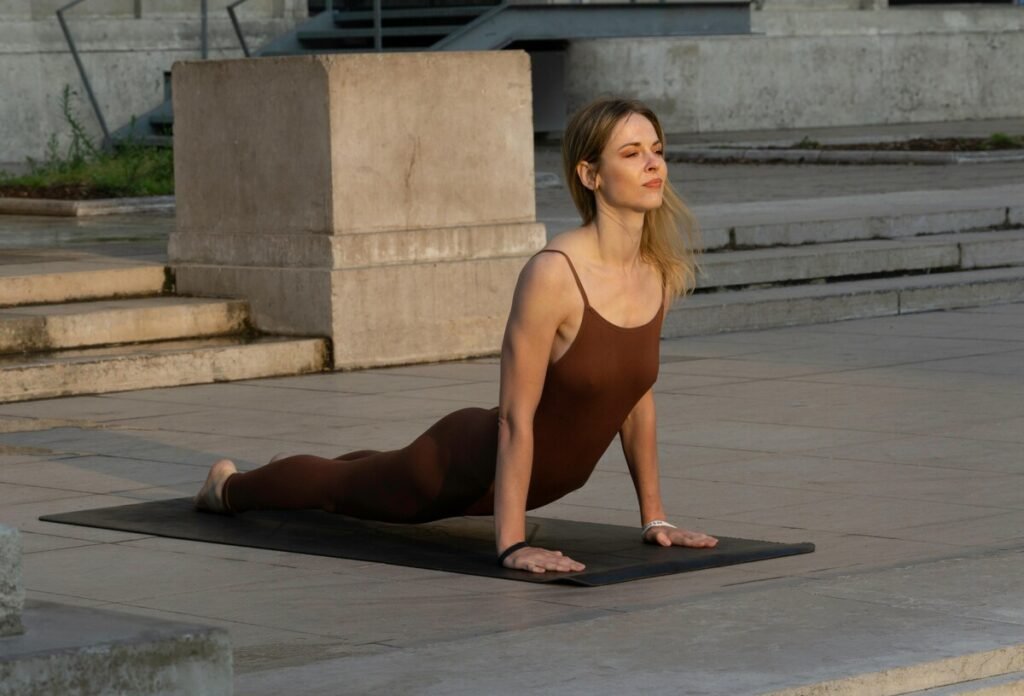
My Personal Retreat Experience
Arrival & First Impressions
All feelings were mixed up, and I was excited and nervous when I got to the Mahasi retreat center the first time. The silence was very marked, and the simple surroundings immediately set a different tone from daily life.
Mid-Retreat Difficulties & Breakthroughs
On the fourth day I began to have difficulties and aches in my back, endless streams of thoughts, and doubt about whether I could continue. However with patient observation I did experience the slight change in that I began to see them clearly as passing events. That recognition felt like a breakthrough.
A Quiet Turning Point
Later in the retreat, there was one moment of unexpected calm. I felt completely present in walking meditation; I was aware in every step when I was lifting, moving, placing. For several minutes, there was only awareness and no tension. It was straightforward but profoundly touching.
Re-Entry: Bringing Practice Home
Returning home, I found the biggest challenge was not losing the rhythm. I learned to include small mindfulness experiences in the day-to-day life that maintains the retreat within the day-to-day life.
Conclusion
A Mahasi Sayadaw noting retreat is more than just a meditation program—it is a deep journey into mindfulness and self-understanding. With the basic and effective methods such as observations of rise and fall of the breath, mindful walking, and awareness of routine activities meditators are also taught to observe the reality as it is. The retreat environment, with its silence, structure, and guidance, examines our thoughts, feelings and sensations in a degree of detail without being overwhelmed by them.
The challenges—restlessness, doubt, or physical discomfort—are not obstacles but obstacles in our way to more resilience and clarity. In the long run, the practice provides the knowledge of impermanence, decreases stress and helps to establish inner freedom.
It does not matter whether you are a beginner and want to know more about meditation or you want a more powerful experience; the Mahasi method is a practical yet transforming path to be followed. One step, one breath, and one moment of awareness at a time is enough to begin.
FAQs: Practical Questions about a Mahasi Sayadaw Noting Retreat
How long are retreats?
Most last from one week to three months. Beginners often start with 7–10 days.
Is it suitable for beginners?
Yes, many centers welcome beginners. The noting method is simple and clear.
What about meals?
Meals are usually simple and vegetarian, with breakfast and lunch as the main meals. Some centers offer tea or light snacks in the evening.
Can I use my phone?
Phones and laptops are normally collected to protect silence and focus.
What if I feel pain or discomfort?
Pain is natural. The practice is to note it calmly and adjust posture if needed.
How do teacher interviews work?
You report your practice briefly, describing what you noticed. The teacher gives feedback to guide your effort.

